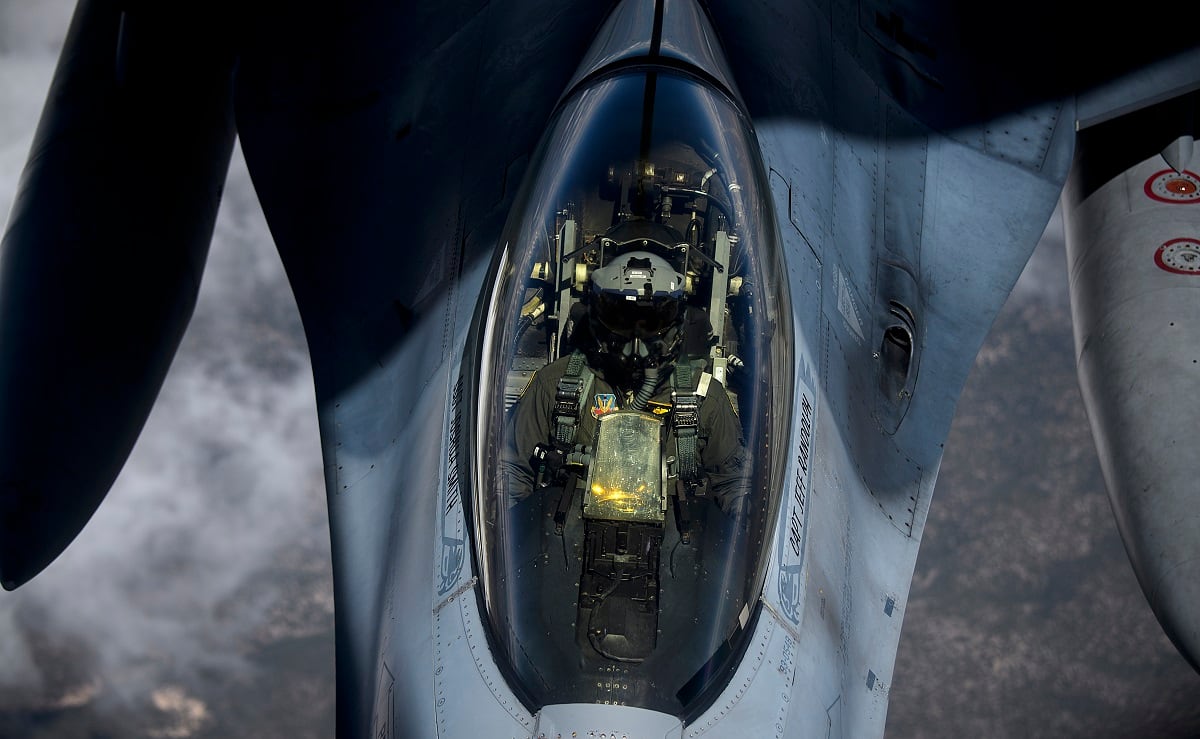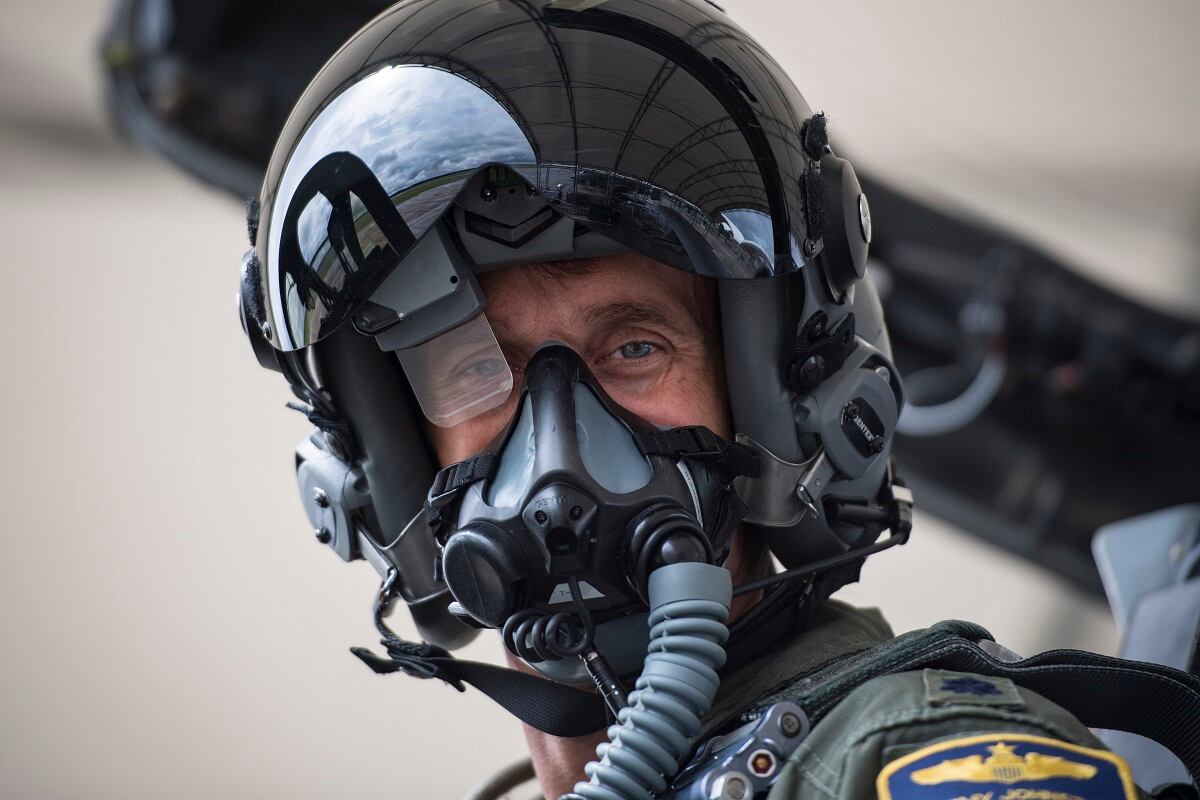The Air Force should make greater use of contractors to bolster its pilot training capabilities as it works to fix its festering pilot shortfall once and for all, according to a new report released Monday.
But, researchers from the Mitchell Institute for Aerospace Studies argue in their paper titled “Protecting the ‘Pipeline’: Overcoming the Air Force’s Pilot Shortage,” reviving the long-defunct warrant officer program would do nothing to fix the shortage of pilots, and Air Force leaders should reject the idea.
Retired Maj. Gen. Lawrence Stutzriem, the Mitchell Institute’s director of research, and senior visiting fellow Michael Sirak, the authors of the paper, say that the Air Force isn’t lacking for people who want to be pilots.
The problem is training enough new pilots ― and “absorbing” them into squadrons to hone their skills and achieve enough proficiency to carry out missions and take on more responsibility ― to make up for the pilots leaving the service, often to take lucrative jobs with commercial airlines.
The Air Force is trying to get its annual pilot production up from about 1,100 per year to 1,200 per year, the report said.
Brig. Gen. Mike Koscheski, who is in charge of a task force dedicated to fixing the pilot shortfall, told researchers he hopes to get up to nearly 1,400 in fiscal 2019, and grow to 1,600 per year in the years after fiscal 2020.
But getting there will be difficult. Even the plan to reach 1,200 this year had a wrench thrown in it when the Air Force’s T-6 Texan II fleet was stood down for about a month due to a string of unexplained physiological events such as hypoxia.
As a result, this year’s expected pilot production was knocked down to around 1,100.
The Mitchell Institute argued that to fill the gap in instructor pilots necessary to train new pilots ― without poaching from front-line squadrons that still need to fly missions ― the Air Force needs to find “innovative uses of contractors in the training pipeline.”
This could include adding contract instructor pilots to supplement Air Force instructors, to having an entire undergraduate pilot training base managed by contractors.
RELATED

This isn’t entirely unprecedented. The Air Force already has contractors serve as “adversary” pilots during training, so pilots can practice flying against enemy aircraft.
And, the paper said, the Navy uses contract flight instructors ― who are often veterans ― and the Army supplements its undergraduate flight instruction with civilians and contractors, without the quality of instruction suffering.
The Mitchell Institute also said it’s crucial for the acquisition of the Air Force’s next-generation T-X trainer aircraft to succeed, without falling behind schedule.
The T-38 is a half-century old and falling short in many ways, making it an inadequate platform for prospective pilots of the most advanced fighter jets to learn on.

But proposals to revive a cadre of warrant officers ― possibly serving as a flying-only career track for pilots ― should be shot down, the paper said.
There’s no indication warrant officers would have higher rates of retention than commissioned officers, the paper said ― and it could end up being even worse. Most warrant officers’ salaries would max out at around the same pay as captains, making highly-paid airline jobs all the more attractive.
“They’ll exit at a higher rate, so what does that fix?” Stutzreim said Monday at a media roundtable at the Air Force Association’s headquarters in Arlington, Virginia.
Training a warrant officer to fly would cost about as much as training a commissioned officer, the paper said.
Bringing back warrant officers also wouldn’t address the more pressing concerns about pilot training capacity, the paper said. Nor would it address the difficulties in absorbing new pilots into the shrunken force of 56 fighter squadrons, down from about 134 fighter squadrons during the Gulf War.
And the Air Force needs to have qualified officers with operational flying experience to serve in staff positions, which means flying-only career tracks aren’t a solution either.
It is not “just about the airman’s personal growth,” the report said. “The Air Force needs their informed perspective in the staff process. There are certain types of experience you have to garner outside the beltway of Washington, D.C. ― that can only happen in an operational flying unit.”
Stephen Losey is the air warfare reporter for Defense News. He previously covered leadership and personnel issues at Air Force Times, and the Pentagon, special operations and air warfare at Military.com. He has traveled to the Middle East to cover U.S. Air Force operations.





